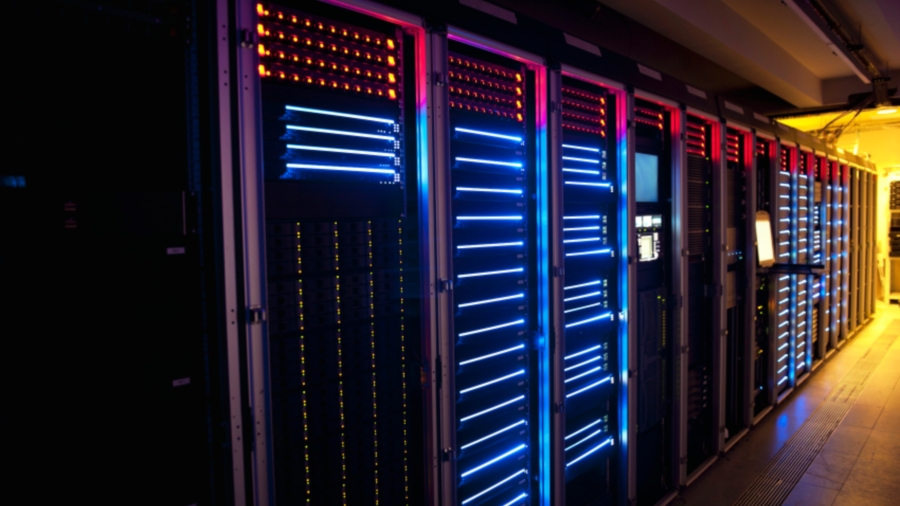The benefits of server throttling
Used properly it can control power consumption, fan speeds and performance

With pressure on their IT managers to reduce costs, the refresh cycles of servers are being extended.
IDC makes the point in a paper on server refresh cycles: "As companies now deal with their capital constraints, coupled with new demands, they keep their IT infrastructure in operation far beyond what was normally considered useful lifespan.
"A regular refresh at about 3.2 years would be appropriate. However, many companies are pushing their servers to four or five or more years."
IT managers tasked with extending the useful lifespan of their servers are turning to a number of techniques, including throttling. This can be done on servers that are able to dynamically control power consumption, fan speeds, and performance with throttling.
As Dell explains in a white paper on the subject: "PowerEdge servers use throttling for many purposes, including optimising the amount of work that is done for the energy consumed, ensuring smooth operation in the face of cooling challenges, and keeping component temperatures optimised inside the server during peak workloads.
"Optimisation of the server component temperature helps to ensure that PowerEdge servers are resilient and reliable so they meet your organization's long term needs."
Controlling costs
Are you a pro? Subscribe to our newsletter
Sign up to the TechRadar Pro newsletter to get all the top news, opinion, features and guidance your business needs to succeed!
The level of control that throttling offers enables IT managers to develop a power usage map that can clearly show where costs can be reduced. The Remote Access Controller (iDRAC) that is integrated into PowerEdge servers is intelligent enough allow a power cap to be placed on a server to allow predictable power consumption over any given time frame.
Also, blade enclosures allow IT managers to prioritise the servers within each blade enclosure. Lower priority servers are the first servers the enclosure's management controller looks to in order to reduce power consumption.
Dell concludes: "The throttling features in each PowerEdge server are powerful mechanisms for managing power and cooling and ensuring reliable server operation over a long period of time.
"Throttling technology helps simplify the challenge of efficiently matching desired usage to server capabilities by enabling the server to adapt to environmental and facility constraints and limitations over a wide variety of workloads."
Ultimately, throttling offers a practical means to extend the longevity of a server. Cooling variability is also possible, in reaction to any change in the ambient temperature of a server's environment.
Whether used in data centres of a business' own server room, throttling is now vital to maintain the health of a server.